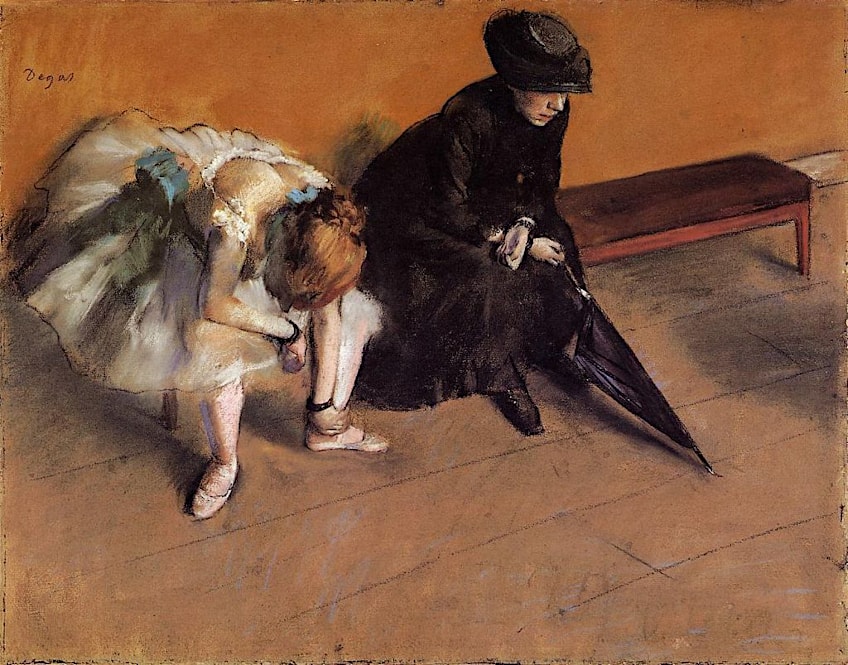Imagine strolling through a vibrant art gallery, surrounded by breathtaking paintings that transport you to a different world. In this article, we will explore the mesmerizing realm of Impressionism and its fascinating French origins. Get ready to embark on a journey into the world of atmospheric brushstrokes, shimmering light, and the profound influence that this artistic movement has had on the art world. So, grab a cup of coffee, sit back, and let’s dive into the captivating world of Impressionism.
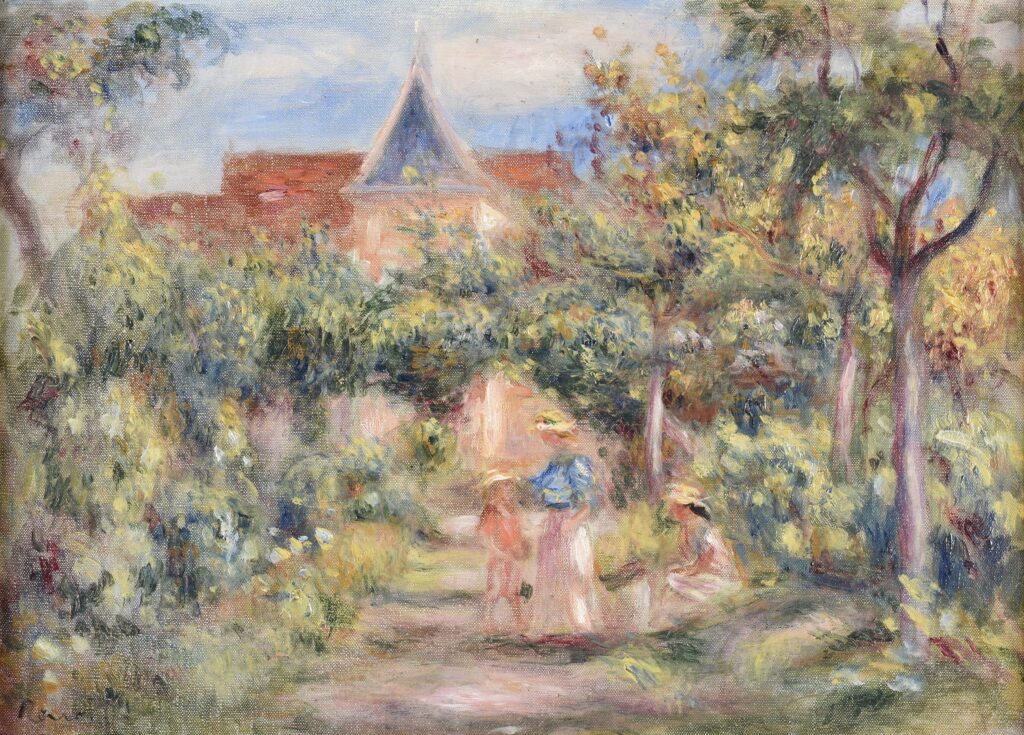
Origins of Impressionism
The precursor movements
Before Impressionism emerged as a distinct artistic style, there were several precursor movements that laid the groundwork for its later development. The Barbizon School, for example, focused on depicting rural landscapes and rejected the polished aesthetic of academic art. This rejection of traditional conventions paved the way for the more spontaneous and expressive techniques that would come to define Impressionism.
The Paris Salon
The Paris Salon, an annual exhibition organized by the French Academy of Fine Arts, played a significant role in the development of Impressionism. The Salon was known for showcasing the works of established artists and adhering to strict academic standards. However, this highly selective nature of the Salon often excluded innovative and experimental artists, leading to the formation of alternative exhibition platforms that would ultimately support the Impressionist movement.
The role of photography
The invention and popularization of photography in the 19th century had a profound impact on the development of Impressionism. Photography challenged the notion that art should solely capture realistic representations, inspiring artists to explore new ways of depicting the world around them. The immediacy and spontaneity of photography appealed to the Impressionists, who sought to capture fleeting moments and the effects of changing light.
Characteristics of Impressionism
Loose brushwork and visible brushstrokes
One of the defining characteristics of Impressionism is its distinctive brushwork. The Impressionists deliberately used loose and visible brushstrokes, moving away from the smooth and blended surfaces of academic painting. This technique created a sense of movement and vitality, giving the paintings a sense of immediacy and capturing the transient nature of light and atmosphere.
Depiction of changing light and weather
Impressionist artists were particularly interested in capturing the effects of changing light and weather on their subjects. They sought to convey the fleeting moments and ever-shifting conditions, often painting en plein air to directly observe and depict these effects. The careful observation of light and its impact on color became a hallmark of Impressionism, as artists sought to convey the ephemeral qualities of the natural world.
Focus on landscapes and everyday scenes
Impressionism is often associated with landscapes and everyday scenes, as the movement sought to depict the world as it was experienced by the average person. Rather than focusing solely on historical or mythological subjects favored by the academic tradition, Impressionists turned their attention to the world around them, painting scenes of everyday life, such as leisure activities, urban scenes, and countryside landscapes.
Effect on Traditional Art
Challenging academic conventions
Impressionism emerged as a direct challenge to the conventions and norms of the academic art establishment. The Impressionists rejected the strict rules of the French Academy and its emphasis on historical, idealized, and meticulously detailed works. Instead, they sought to capture the immediate and subjective experience of the world, challenging the notion that art had to conform to preconceived notions of beauty and perfection.
Rejection by the art establishment
The art establishment initially rejected Impressionism, considering its loose brushwork and unconventional subject matter as a deviation from the accepted norms of art. The Salon, in particular, played a crucial role in excluding Impressionist works from their exhibitions, leading to the formation of independent exhibitions, such as the Salon des Refusés, where rejected artworks could be displayed. Despite the initial rejection, however, Impressionism eventually gained recognition and admiration, forever changing the course of Western art.
Emergence of new artistic styles
The emergence of Impressionism paved the way for the development of new artistic styles and movements. The rejection of academic conventions and the emphasis on subjective experience inspired artists to experiment with alternative forms of artistic expression. Post-Impressionism, for example, embraced a more intense color palette and a greater emphasis on structure, laying the foundation for movements such as Fauvism and Expressionism. The revolutionary nature of Impressionism reshaped the trajectory of art history, challenging artists to explore new boundaries.
Artistic Techniques in Impressionism
Color theory and optical mixing
Impressionist artists developed a keen understanding of color theory, exploring the interplay of light and color in their works. They utilized a technique known as optical mixing, which involves placing small, individual brushstrokes of different colors side by side, allowing the viewer’s eye to blend these colors together optically. This technique created vibrant and dynamic paintings that captured the ever-changing nuances of light and atmosphere.
Plein air painting
Plein air painting, or painting outdoors directly from nature, became a fundamental practice for Impressionist artists. By working in the open air, they could directly observe the effects of natural light on their subjects and capture the fleeting moments they sought to portray. This approach allowed them to infuse their paintings with a sense of immediacy, spontaneity, and authenticity, as they could directly experience the landscapes and scenes they were depicting.
Capturing fleeting moments
Impressionist artists were fascinated by the fleeting and transient aspects of life. They aimed to capture moments that were seemingly difficult to hold onto or preserve, such as the play of light on water, the movement of clouds, or the passing of a momentary expression. Through their loose brushwork and emphasis on the present, Impressionists sought to seize these ephemeral moments on canvas, inviting the viewer to share in the immediacy and fleeting nature of the experience.
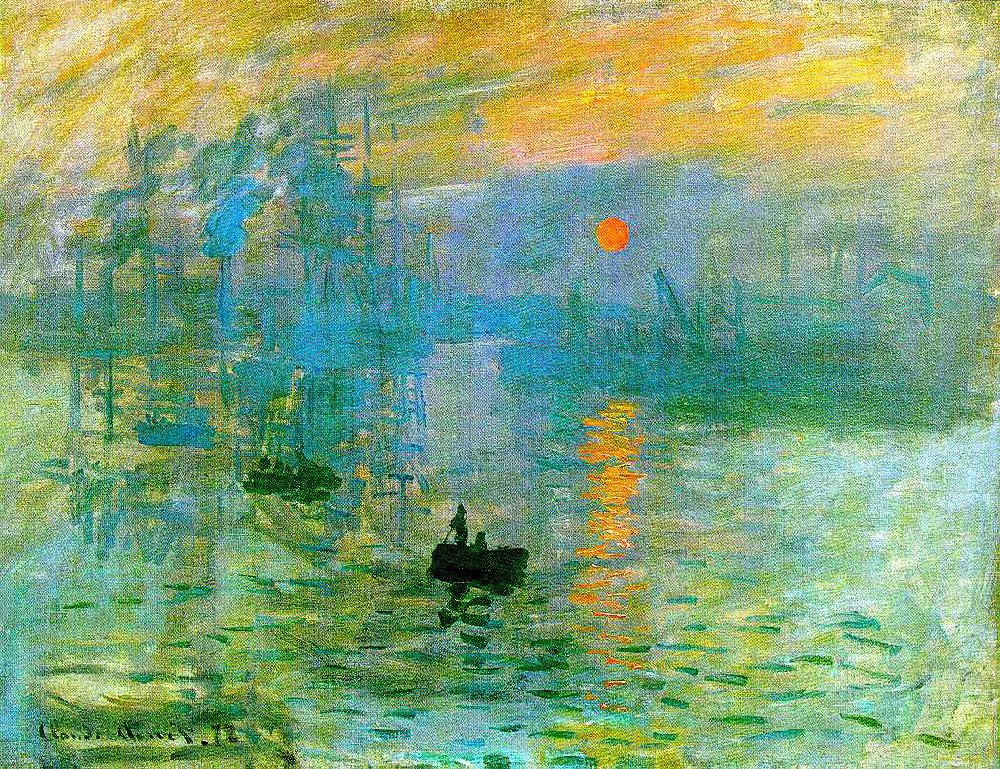
Shift in Subject Matter
Portrait painting in Impressionism
While landscapes and everyday scenes are often associated with Impressionism, the movement also made significant contributions to the genre of portrait painting. Impressionist portraits focused less on capturing a strict likeness and more on conveying the personality and character of the sitter. Artists such as Renoir and Degas used loose brushwork and vibrant colors to create lively and expressive portraits that captured the essence of the individual rather than adhering to traditional standards of realism.
Exploration of urban life
Impressionism brought a new focus to the urban environment, depicting the bustling streets, cafes, and parks of rapidly changing Paris. The advent of the Industrial Revolution had transformed cities, and Impressionist artists sought to capture the energy, dynamism, and social changes associated with urbanization. Their depictions of city life often celebrated the everyday experiences of the working class and highlighted the stark contrasts between the new urban landscape and the traditional aspects of Parisian life.
Influence of Japanese art
The influence of Japanese art on Impressionism cannot be overstated. The opening of trade with Japan in the mid-19th century exposed Western artists to a radically different artistic tradition. Japanese prints, with their bold compositions, flattened perspective, and focus on intimate, everyday scenes, greatly influenced the Impressionists’ approach to composition and subject matter. The incorporation of Japanese elements into their work contributed to the overall freshness and innovative nature of Impressionism.
Impressionism and the Industrial Revolution
Response to technological advancements
Impressionism emerged during a time of rapid technological advancements, particularly the Industrial Revolution. The rise of industrialization brought about profound changes in society, and Impressionist art aimed to capture and reflect this transformation. The movement often depicted scenes of modernity, such as railways, factories, and the hustle and bustle of urban life, conveying the impact of technological progress on the human experience.
Impact on artistic representation of cities
The Industrial Revolution not only transformed cities but also influenced the way artists represented them. Impressionist artists embraced the energy and dynamism of the evolving urban landscape, favoring loose brushwork and vibrant colors to convey the frenetic pace and changing atmosphere of the city. Instead of idealized or romanticized depictions, the Impressionists captured the raw reality of urbanization, presenting a more authentic and honest portrayal of the urban experience.
Social commentary in Impressionist art
Impressionist art unintentionally became a form of social commentary during the Industrial Revolution. By depicting the harsh realities of urban life, the struggles of the working class, and the stark disparities in society, Impressionist artists shed light on the social and economic issues of their time. Through their art, they highlighted the human impact and social consequences of industrialization, offering a unique perspective that challenged the dominant narratives of the era.
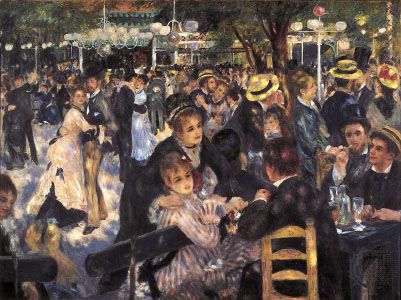
The Parisian Salon and Impressionism
The Salon des Refusés
The Salon des Refusés, or the Exhibition of Rejects, played a significant role in the trajectory of Impressionism. In 1863, the French government allowed rejected artworks from the official Salon to be exhibited separately, giving the public an opportunity to view these avant-garde works. The inclusion of Impressionist works in the Salon des Refusés exposed a wider audience to their radical methods and subjects, sparking both intrigue and controversy.
Impressionist exhibitions
As a result of the Salon’s rejection, Impressionist artists began organizing their own independent exhibitions. The first Impressionist exhibition was held in 1874, showcasing the works of artists such as Monet, Renoir, Degas, and Pissarro. These exhibitions not only provided a platform for the artists to showcase their work but also allowed them to establish a distinct identity as a collective movement. While initially met with skepticism and criticism, these exhibitions eventually attracted attention and support from both the public and art critics.
Public and critical reception
The public and critical reception of Impressionism was initially mixed. The loose brushwork, unconventional subject matter, and departure from traditional artistic techniques challenged the established norms of art, leading to divided opinions among viewers and critics. Some hailed the movement as a revolutionary departure from the staid conventions of academic art, while others condemned it as a form of artistic anarchy. Over time, however, Impressionism gained broader acceptance and admiration, eventually becoming one of the most celebrated and influential artistic movements in history.
Key Figures of Impressionism
Claude Monet
Claude Monet is perhaps the most well-known and influential figure of the Impressionist movement. His ability to capture the essence of light, his exploration of color, and his dedication to plein air painting established him as a guiding force behind the movement. Monet’s iconic series, such as “Water Lilies” and “Haystacks,” exemplify the Impressionist approach to capturing the fleeting effects of light and atmosphere.
Pierre-Auguste Renoir
Pierre-Auguste Renoir’s vibrant and expressive style made him a prominent figure within Impressionism. Known for his depictions of leisure scenes and portraits, Renoir’s paintings exude a sense of joy, capturing the beauty of everyday life. His skill in portraying human subjects and his masterful use of color contributed to the overall appeal and impact of Impressionism.
Edgar Degas
Edgar Degas was renowned for his depictions of ballet dancers, racecourses, and everyday scenes of Parisian life. His innovative compositions, cropped figures, and experimentation with angles and perspectives set him apart within the Impressionist movement. Degas’ keen observation and ability to capture movement and gesture made him a significant figure in the development of Impressionism.
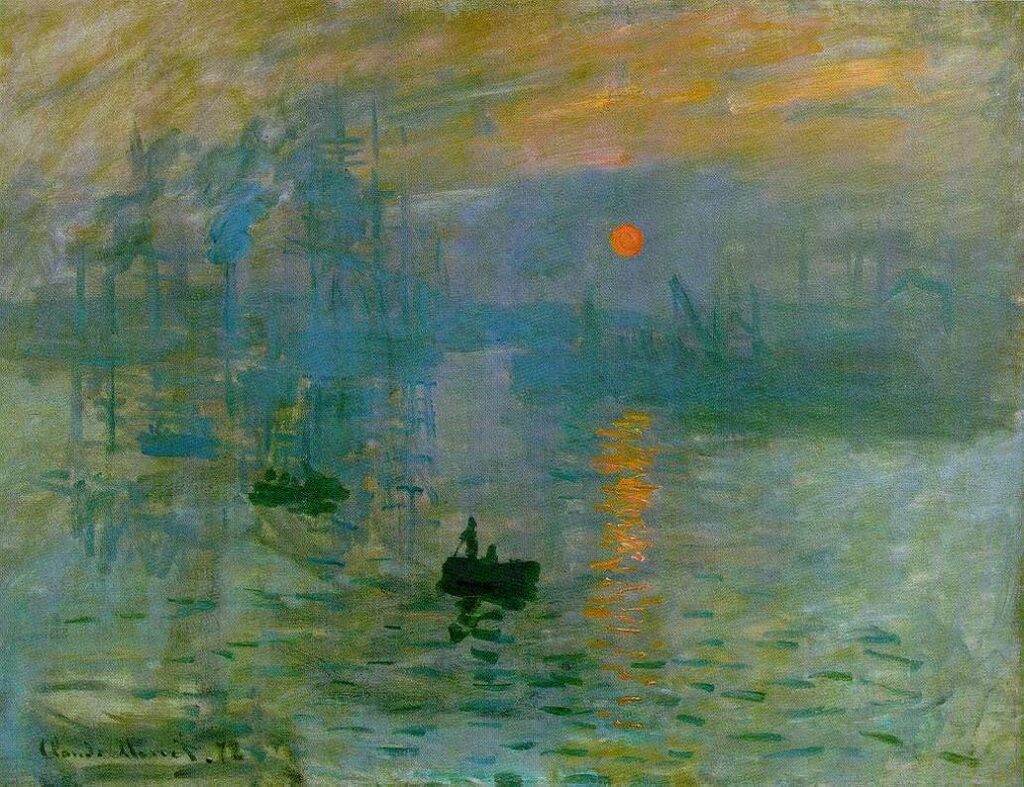
International Influence of Impressionism
Spread of Impressionist ideas
Impressionism had a profound influence on artists beyond France. Its emphasis on capturing the fleeting effects of light and atmosphere, loose brushwork, and focus on everyday scenes resonated with artists around the world. American Impressionists, such as Mary Cassatt and Childe Hassam, embraced the movement and incorporated its techniques and aesthetics into their work. Impressionism’s impact reached far beyond its French origins, becoming a global phenomenon.
Impact on global art movements
The impact of Impressionism extended beyond its immediate followers and influenced subsequent art movements worldwide. Post-Impressionism, for example, took the innovations of Impressionism to new heights, with artists such as Van Gogh and Gauguin pushing the boundaries of color and form. The influence of Impressionism can also be seen in movements such as Neo-Impressionism, the Ashcan School, and even modern and contemporary art. Its emphasis on subjective experience, innovative techniques, and rejection of academic norms fundamentally reshaped the course of art history.
Legacy and lasting influence
Impressionism’s legacy and lasting influence cannot be overstated. The movement challenged traditional artistic conventions, altered the way artists approached subject matter and technique, and encouraged experimentation and individual expression. It brought a new understanding of light, color, and atmosphere to the forefront of artistic discourse and forever changed the course of art history. The boldness and innovation of Impressionism continue to inspire artists and captivate audiences, making it one of the most enduring and influential movements in the history of art.
Criticism and Evolution of Impressionism
Critiques of Impressionist techniques
When Impressionism first emerged, it faced significant criticism and backlash from traditional art critics and academicians. The loose brushwork, visible brushstrokes, and unconventional subject matter were deemed inferior and crude by many. Critics questioned the validity of Impressionist techniques and argued that the movement lacked the refinement and skill associated with academic art. However, over time, these critiques gave way to a broader appreciation and recognition of the unique qualities and artistic achievements of Impressionism.
Evolution and diversification of the movement
As with any artistic movement, Impressionism gradually evolved and diversified over time. Post-Impressionism, which followed Impressionism chronologically, saw artists such as Van Gogh, Cézanne, and Seurat taking the innovations of the movement in new directions. These artists expanded upon Impressionism’s emphasis on color, form, and individual expression, leading to the development of diverse styles and approaches within the broader Impressionist movement.
Post-Impressionist developments
Post-Impressionism marked the next phase of artistic development after Impressionism. Artists such as Van Gogh, Cézanne, and Gauguin built upon the foundations laid by the Impressionists, experimenting with color, structure, and expression. Van Gogh’s dramatic use of color, Cézanne’s exploration of form, and Gauguin’s synthesis of subject matter and symbolism all expanded upon the initial ideas of Impressionism. These developments in Post-Impressionism set the stage for further artistic movements and pushed the boundaries of artistic expression, ultimately contributing to the rich tapestry of modern art.
